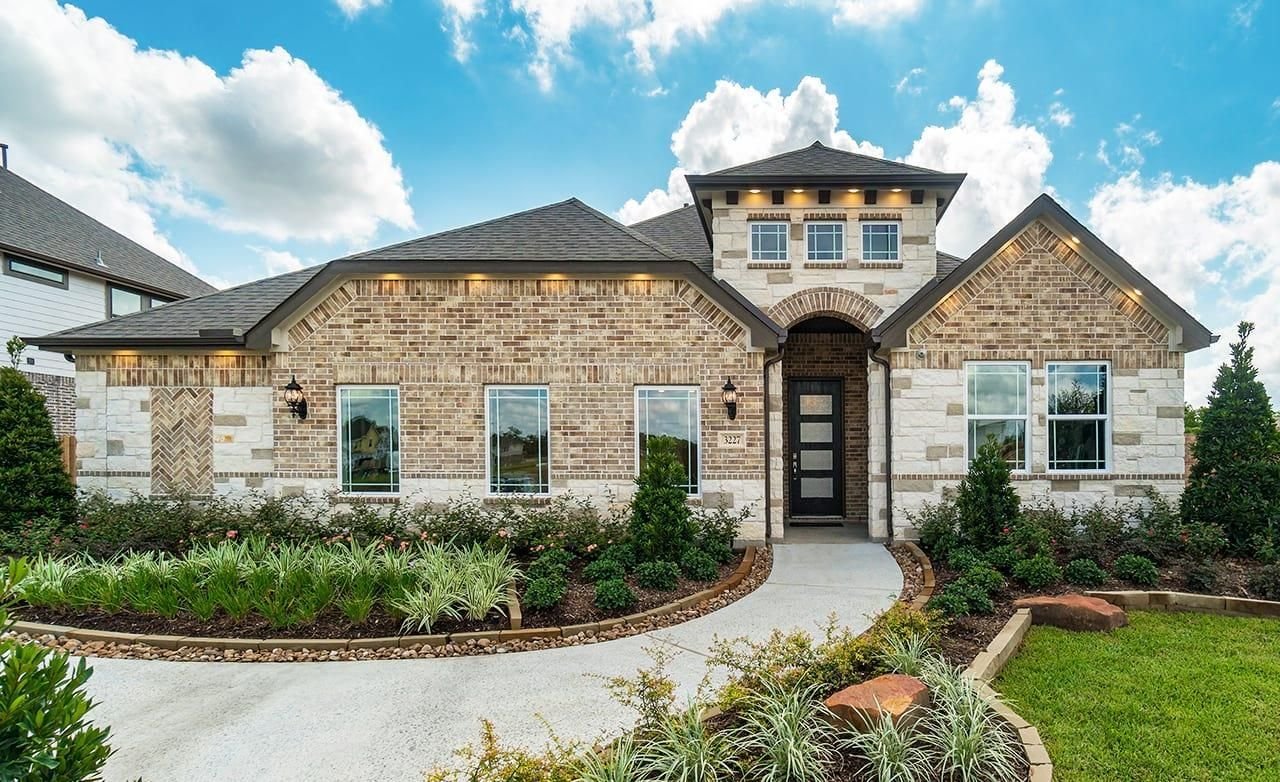Why Fort Worth Homes Are Perfect Candidates for Injection Foam Insulation
If you live in Fort Worth or nearby suburbs like Saginaw, Azle, or Weatherford, your home may be a better candidate for injection foam insulation than you think. Whether it’s an older house with little to no insulation, or a newer home that just never seems to stay cool in the summer, understanding how your walls are built—and how insulation works—can help you make smarter decisions about comfort and energy use.
Understanding Wall Cavities in Texas Homes
Many homes in Fort Worth were built before energy efficiency was a major concern. Builders often used minimal insulation—if any at all. Even homes built in the last few decades often have fiberglass batts that leave gaps or settle over time. Some may have nothing in the exterior walls.
Injection foam works particularly well in these situations because it doesn’t require tearing down drywall. A small hole is drilled into each wall cavity, and high-performance foam is injected to fill the entire space. It expands around wiring, nails, old insulation, and other obstructions—creating a tight seal.
Common Homeowner Complaints We Hear in North Fort Worth
We talk to homeowners every week who are dealing with:
- A room that’s always hotter or colder than the rest of the house
- Loud street or neighbor noise coming through the walls
- High utility bills despite running the HVAC constantly
- Feeling drafts around outlets or near exterior walls
If this sounds familiar, your insulation might not be doing its job—or might be missing altogether. These are exactly the kinds of problems injection foam can help fix.
Why Injection Foam Works So Well in This Area
Here’s what makes this type of insulation so effective for Fort Worth homes:
- Closed wall systems – Foam is ideal for walls you don’t want to open up. That’s a huge plus in homes with finished drywall or paneling.
- Weather extremes – Our summers are brutal, and winters can bring freezing temps. Foam helps moderate indoor temps without overloading your HVAC.
- Noise concerns – With growing neighborhoods and traffic, soundproofing is a bigger priority. Foam helps reduce outside noise significantly.
Real-Life Example: A Garage in Saginaw
One client in Saginaw had turned his garage into a workshop, but the heat and street noise were unbearable. We injected foam into all the exterior garage walls—and he immediately noticed a 10–15 degree temperature difference. He told us it was the first time he could work with the door closed and no fan running.
Things to Look for in Your Own Home
If you’re wondering whether your home could benefit from injection foam, here are some clues:
- Walls feel cold in the winter or hot in the summer
- You hear a lot of outside noise
- There are visible gaps or cracks in corners or outlets
- Your utility bills keep climbing despite thermostat changes
Final Thought
You don’t need a full remodel or invasive demo to improve your home’s insulation. If you’re in Fort Worth and have walls that feel drafty, uneven temps, or rising bills, injection foam might be exactly what your home needs—and it’s a project you can do without tearing up your house.



